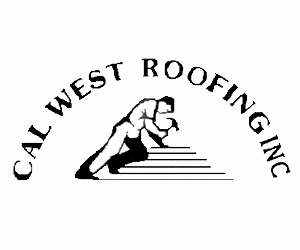How long should my roof last?
Can my roof be serviced?
Just as the human body ages and changes appearance over the years, so too will your roof. Due to the severity of the roof environment, even a one-year-old roof may look different from a roof that was just installed.
Research indicates that aging begins soon after the shingles are installed and progresses rapidly during the “Initial Curing” phase of its life cycle. During this stage, minor granule loss may occur, a few small blisters may develop or the shingles may curl slightly at their edges. The good news, however, is that after this “Initial Curing” stage the shingles enter a long period of slow aging, which lasts for the major portion of the shingles’ natural life.
During the “Mid-Life” period, aging continues at a much slower rate. The cracking or granule loss still occurs but does not increase at a noticeable rate. Only after this long period of “Mid- Life” does the aging process begin to accelerate once again as the shingles enter their “Declining Years.” It’s during this period, the last 20% of the predicted life, that homeowners normally think about replacing their roofs.

Should you discover a leak in your roof prior to the “Declining Years,” don’t panic. Most of the problems that could lead to a leak, during the first two phases of the roof’s life, can be repaired for a fraction of the cost of a new roof.



